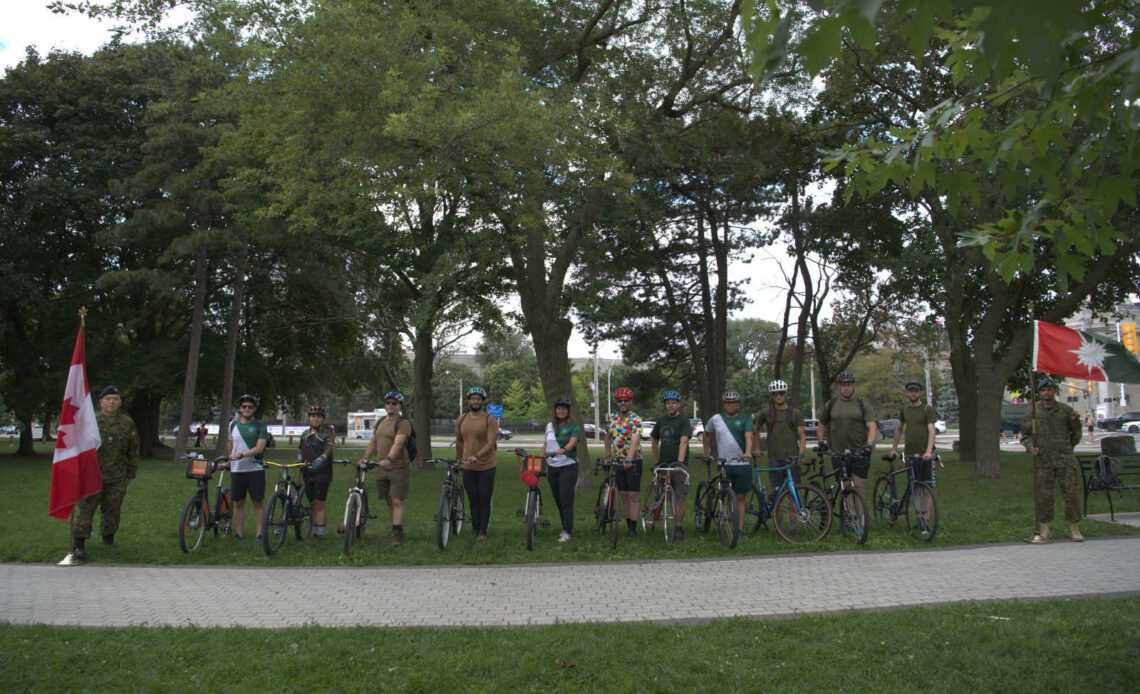We all know bicycles are the best, but did you know that they served an invaluable role for a group of Canadian soldiers in World War 1? The Canadian Corps Cyclist Battalion was a unit raised to conduct missions like scouting, reconnaissance, range-finding, and other similar tasks. In short, the Cyclist Battalion gathered and shared crucial military intelligence amongst Canadian units.
Many of its founding members came from the Corps of Guides, which is considered the first dedicated military intelligence unit in the Canadian Army. Its legacy is still honoured more than 100 years later by today’s military intelligence units across the Canadian Army.
Origins of the Army Intelligence Corps
“Today’s Army Intelligence Corps traces its lineage through the Special Training School 103 (Camp X) during the Second World War, which trained members of the Special Operations Executive, most notably Sir William Stephenson (known often by his code name, Intrepid). If you go further back in the lineage, we get to the Corps of Guides and Cyclist Battalion in WWI. We continue to perpetuate their legacy to remember their courageous and enterprising spirit” explained an Officer at 2 Intelligence Company, a modern Canadian Army Reserve unit based in Toronto.
The importance of the Cyclist Battalion
The Cyclist Battalion was particularly important at the Battle of Amiens in 1918, a battle that launched the 100-day offensive and ultimately ended the war months later, in November 1918. Over the course of the War, 1,138 Canadians enlisted in the Cyclist Battalion; of them 261 were killed or wounded. The Cyclist Battalion legacy lives on with the modern Canadian Army Intelligence professionals; each summer, members of intelligence units around Canada do an annual ride to commemorate the Battle of Amiens on August 8th.
Amiens Day ride
The route for this year’s Amiens Day, hosted by 2 Intelligence Company, traced the training routes of the Cyclist Battalion through the Humber Valley, finishing with a commemorative ceremony and social event at the waterfront. During World War I, the Cyclist Battalion recruited many of its members from the Toronto area. Members lived in the Stanley Barracks, which still stand today on the modern Exhibition Grounds on the Toronto Waterfront. The cyclists typically trained in the Humber River Valley, practicing skills like scouting, map-making, and honing their bike-handling abilities.
The advantages of bikes in WW1
At the time, bicycles…
Click Here to Read the Full Original Article at Canadian Cycling Magazine…

